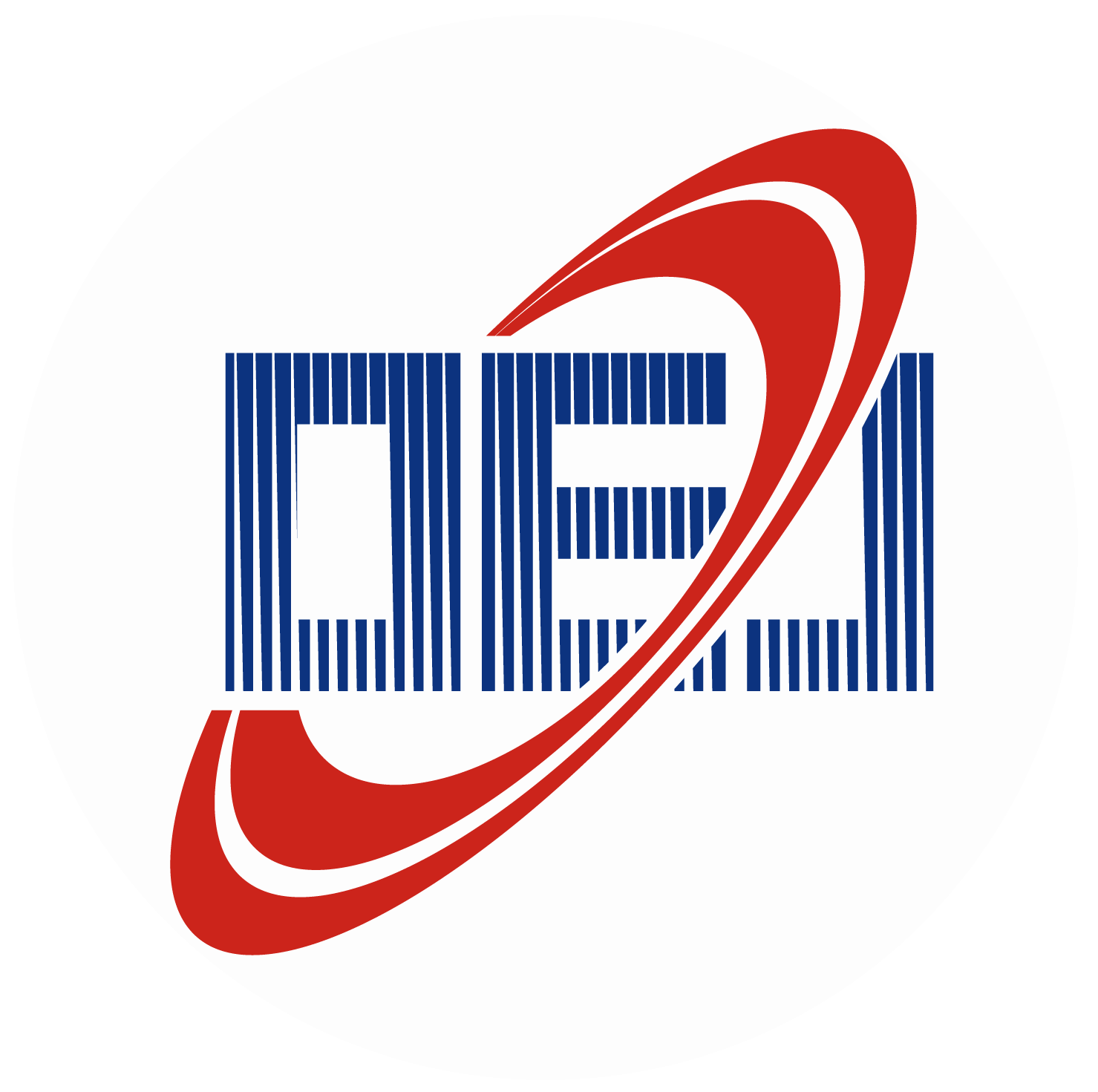-
Abstract
Based on the principle of super-symmetric lens with quadratic phase gradient transformation, combined with the principle of digital coding of metasurface, we propose a wide-angle coded metalens for focusing control in two-dimensional space. This metalens achieves focus shift in the x-direction by changing the oblique incidence angle of the incident wave, and focus control in the y-direction by combining with the convolution principle of the digitally coded metasurface to achieve flexible control of light focusing in the two-dimensional plane. The metasurface unit is mainly composed of three-layer of metal structure and two layers of medium, and the transmission phase is obtained by changing the middle layer of metal structure, which in turn obtains the required phase distribution of the metalens. The design of the metalens realizes the function of the lens with a large viewing angle at the x-polarized incidence, and realizes two-dimensional focus control. Experimentally, we prepared the designed coding metalens and tested the focus control function of the wide-angle coding metalens. The experimental results are in good agreement with the design results. -



 E-mail Alert
E-mail Alert RSS
RSS


